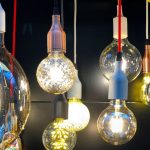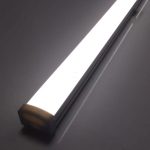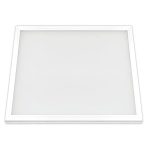LED Light Bulbs: How Much Money You Can Save by Making the Switch

Lighting is an essential component of modern life, but it’s also a significant contributor to household expenses. Traditional incandescent bulbs have been the standard for decades, but they’re inefficient and costly. Fortunately, LED light bulbs have emerged as a viable alternative, offering significant energy savings and cost reductions. Not only are they more efficient, but they also last longer than traditional bulbs, making them an excellent investment for any household. If you’re looking for ways to save money on your energy bill, switching to LED light bulbs is an easy and effective solution. While the initial cost may be higher than traditional bulbs, LED bulbs are more energy-efficient, meaning they use less electricity to produce the same amount of light. This translates into significant cost savings over time, as LED bulbs can last up to 25 times longer than traditional bulbs. Additionally, LED bulbs produce less heat, reducing the load on HVAC systems and further lowering energy costs. In this article, we’ll explore how much money you can save by making the switch to LED light bulbs and why it’s a smart investment for any household.
LED light bulbs are a modern lighting technology that offers a wide range of benefits over traditional incandescent bulbs. Unlike incandescent bulbs, LED bulbs do not rely on a heated filament to produce light. Instead, they use a semiconductor material that emits light when an electric current passes through it. This technology allows LED bulbs to be much more energy-efficient, lasting up to 25 times longer than incandescent bulbs and using up to 80% less electricity. Additionally, LED bulbs are much more environmentally friendly since they do not contain harmful substances like mercury, which is often found in incandescent bulbs. Overall, making the switch to LED bulbs can result in significant cost savings over time and help to reduce your carbon footprint.
LED light bulbs have become increasingly popular in recent years due to their numerous benefits. One of the biggest advantages of using LED bulbs is their energy efficiency. They consume significantly less energy than traditional incandescent bulbs, resulting in lower electricity bills and reduced carbon footprint. LED bulbs are also long-lasting, with an average lifespan of up to 25,000 hours, which means that they don’t need to be replaced as frequently. Additionally, LED bulbs emit very little heat, making them a safer option compared to incandescent bulbs. With all these benefits, it’s no wonder that more and more people are making the switch to LED light bulbs.
Energy Efficiency
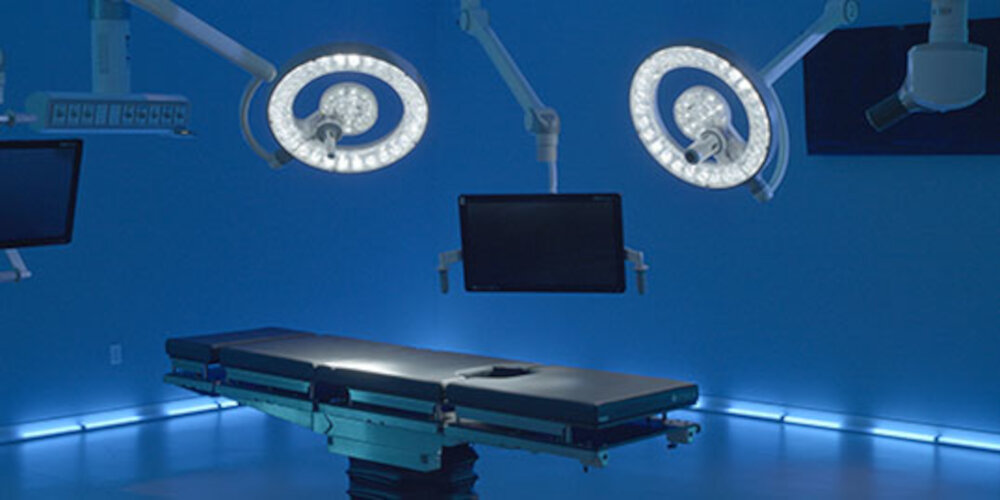
Energy efficiency is a critical aspect of modern living, and it plays a significant role in sustainability. The importance of energy efficiency cannot be overstated as it reduces energy consumption and minimizes the impact on the environment. One area where energy efficiency has been particularly successful is in lighting. LED light bulbs are a prime example of how energy-efficient lighting can help save money and reduce carbon footprint. LED bulbs use significantly less energy than traditional incandescent bulbs, which means they are cheaper to run and last longer. In the long run, switching to LED light bulbs can save you a considerable amount of money on your energy bills as well as help the environment by reducing greenhouse gas emissions. Another advantage of LED light bulbs is that they emit less heat than traditional bulbs. This means that they are safer to use, and you can touch them without worrying about getting burned. Additionally, LED bulbs are more durable than traditional bulbs and can withstand more wear and tear. They are also less prone to breakage, which makes them a safer option for households with children or pets. Overall, LED light bulbs are an excellent investment in energy efficiency and sustainability. By switching to LED bulbs, you can save money on your energy bills, reduce greenhouse gas emissions, and enjoy a safer and more durable lighting solution.
When it comes to energy consumption, LED light bulbs are far superior to traditional light bulbs. LED bulbs consume up to 80% less energy than traditional bulbs, which translates into significant savings on your electricity bill. LED bulbs also last much longer than traditional bulbs, with an average lifespan of 25,000 hours compared to 1,000 hours for incandescent bulbs. This means that not only will you save money on energy, but you’ll also save money on replacement bulbs over time. Additionally, LED bulbs are more environmentally friendly, as they produce less greenhouse gas emissions due to their lower energy consumption. Overall, switching to LED bulbs is a smart investment that will pay off in the long run through energy and cost savings.
LED light bulbs are highly energy-efficient lighting options that can reduce energy bills significantly. Unlike traditional incandescent bulbs, LED bulbs do not use filaments to produce light, but instead, they use semiconductor materials that convert electricity directly into light. This conversion process requires less energy, making LED bulbs up to 80% more efficient than incandescent bulbs. Additionally, LED bulbs have a longer lifespan, lasting up to 25 times longer than traditional bulbs. The combination of lower energy consumption and longer lifespan translates into significant savings on energy bills over time. While LED bulbs may have a higher upfront cost than traditional bulbs, the long-term savings make them a cost-effective investment for any household.
Lifespan
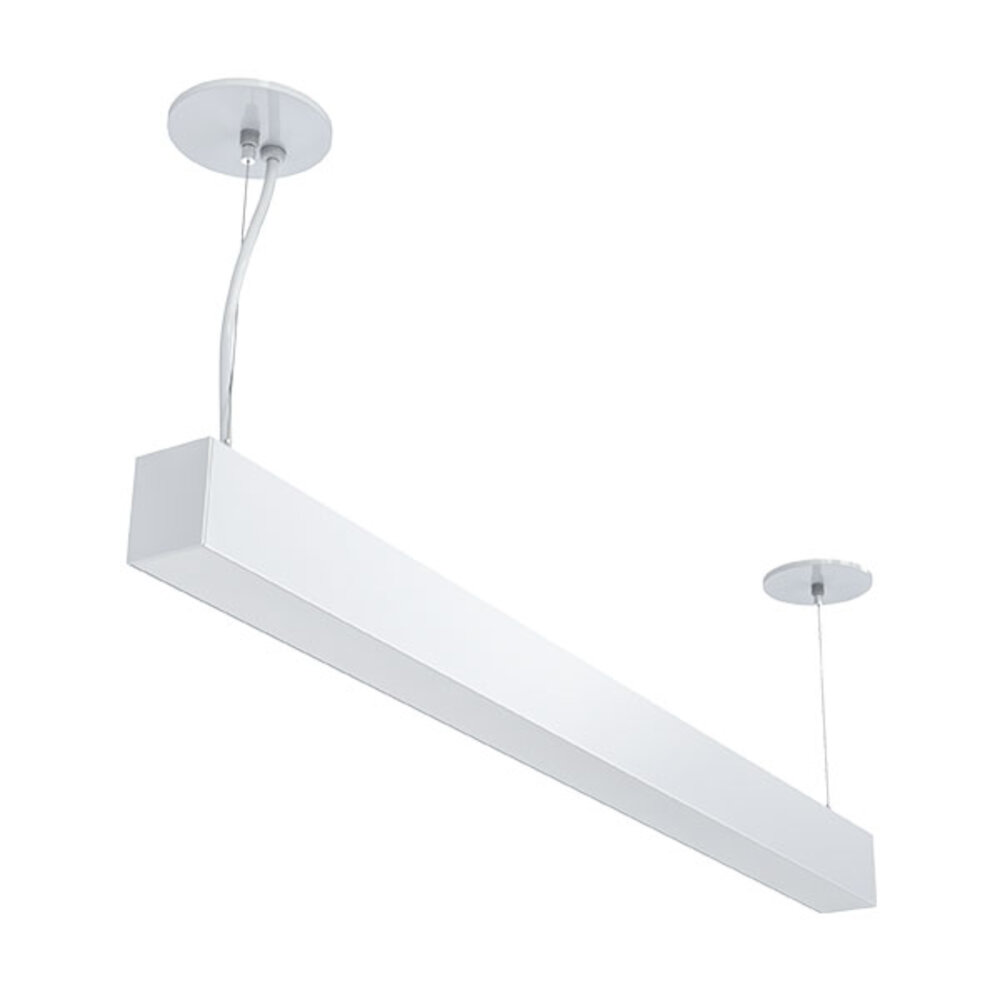
Lifespan is a crucial factor when it comes to choosing the right LED light bulb for your home. LED bulbs are known for their longevity and can last up to 25 times longer than traditional incandescent bulbs. This means that you won’t have to replace them as often, saving you money in the long run. LED bulbs can last up to 25,000 hours or more, which is equivalent to 3 years of continuous use or 22 years of use for an average of 3 hours per day. With their extended lifespan, LED bulbs also require less maintenance, reducing the need for frequent replacements and saving you time and effort. Apart from saving you money and time, LED bulbs’ extended lifespan also has a positive impact on the environment. By using LED bulbs, you reduce the number of bulbs that end up in landfills, which reduces waste and helps preserve natural resources. LED bulbs are also energy-efficient, using up to 80% less energy than traditional bulbs, which reduces carbon emissions and helps combat climate change. In conclusion, LED bulbs’ lifespan is a significant factor to consider when deciding to switch from traditional bulbs. Not only will they save you money and time, but they also have a positive impact on the environment, making them a sustainable and responsible choice.
When it comes to the lifespan of light bulbs, LED bulbs outperform traditional bulbs by a significant margin. While traditional bulbs typically last around 1,000 hours, LED bulbs can last up to 25,000 hours or more. This means that LED bulbs can last up to 25 times longer than traditional bulbs. Not only does this mean that you’ll have to replace LED bulbs less frequently, but it also means that you’ll save money on replacements over time. Additionally, LED bulbs are more energy-efficient than traditional bulbs, meaning that you’ll save money on your energy bills as well. Overall, switching to LED bulbs can result in significant cost savings over the long term.
It’s a well-known fact that LED light bulbs last significantly longer than traditional incandescent bulbs. The average lifespan of an LED bulb is around 25,000 hours, compared to just 1,000 hours for an incandescent. This extended lifespan translates to cost savings in a number of ways. Firstly, you’ll need to replace your bulbs far less frequently, meaning you’ll spend less money on replacements over time. Additionally, LED bulbs are far more energy-efficient than incandescent bulbs, meaning you’ll save money on your energy bills each month. By making the switch to LED bulbs, you’ll not only be doing your bit for the environment by reducing your energy consumption, but you’ll also be making a smart financial decision that will save you money in the long run.
Maintenance Costs
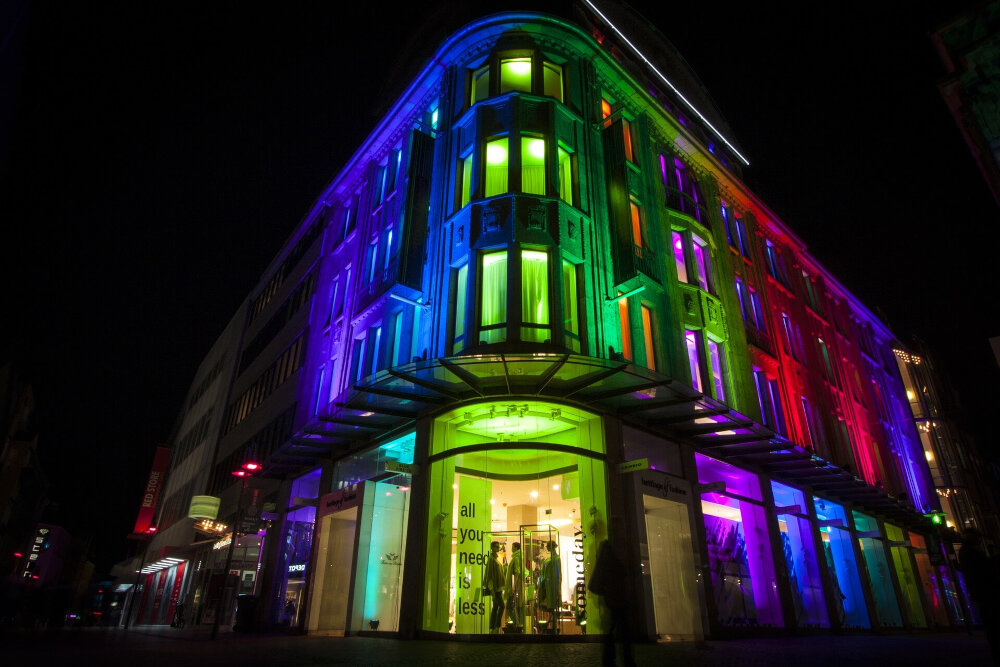
One of the major advantages of using LED light bulbs is their significantly lower maintenance costs. Unlike traditional incandescent bulbs, which have a relatively short lifespan and need to be replaced frequently, LED bulbs can last up to 25,000 hours or more. This means that you won’t have to spend as much time and money on replacing burnt-out bulbs, which can be a major hassle in larger buildings or for businesses that rely on lighting for their operations. Additionally, LED bulbs are much more durable than their incandescent counterparts, making them less likely to break or malfunction due to vibration, impact, or other factors. Another factor that contributes to the lower maintenance costs of LED light bulbs is their energy efficiency. LED bulbs use significantly less electricity than incandescent bulbs, which means that they generate less heat and are less likely to cause damage to fixtures or wiring. This can help to extend the lifespan of your lighting system and reduce the need for costly repairs or replacements. Furthermore, LED bulbs are often designed to be easy to install and replace, which can reduce the amount of time and labor required to maintain your lighting system over time. Overall, the lower maintenance costs of LED light bulbs can make them a smart investment for homeowners, businesses, and anyone looking to save money and reduce their environmental impact.
When comparing the maintenance costs of LED light bulbs versus traditional light bulbs, it’s clear that LED bulbs come out on top. LED bulbs have a much longer lifespan than traditional bulbs, meaning they need to be replaced far less often. This not only saves money on the cost of bulbs themselves but also on the labor required to change them. Additionally, LED bulbs are far more energy-efficient than traditional bulbs, which means they consume less electricity and ultimately result in lower utility bills. Ultimately, by switching to LED bulbs, users can save a significant amount of money over time by reducing both the frequency of bulb replacement and the amount of energy they consume.
Switching to LED light bulbs can save money and time in the long run. Unlike traditional incandescent bulbs, LED bulbs require less maintenance due to their longer lifespan. An LED bulb can last up to 25,000 hours, which is about 25 times longer than an incandescent bulb. This means you won’t have to replace the bulbs as frequently, saving you money on bulb replacements and reducing the amount of time spent changing bulbs. Additionally, LED bulbs are more energy-efficient, using up to 80% less energy than traditional bulbs. This translates into lower electricity bills and greater savings over time. So, making the switch to LED bulbs is not only good for the environment but also for your wallet.
Environmental Impact
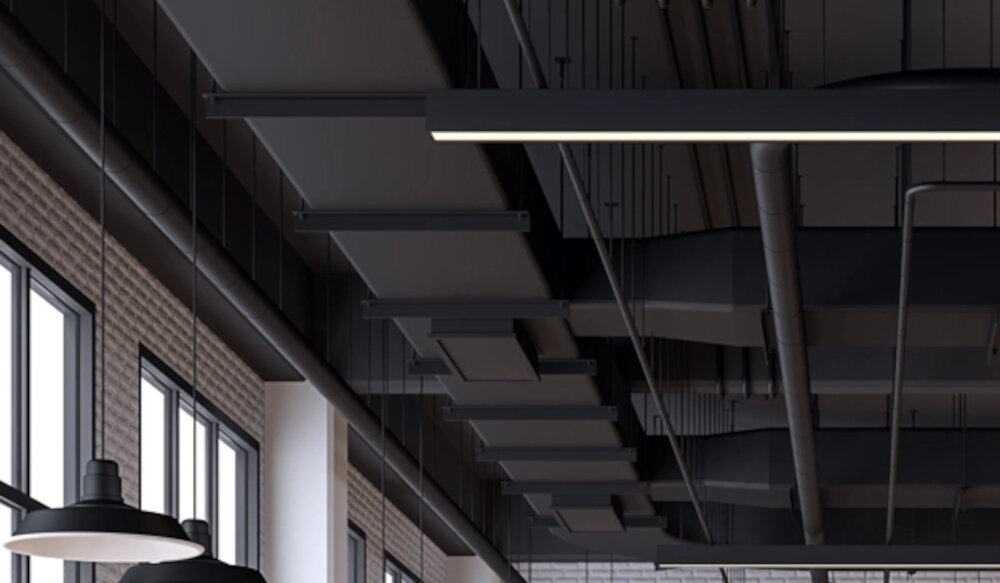
The environmental impact of LED light bulbs is significantly less compared to traditional incandescent bulbs. Firstly, LED bulbs consume less electricity, which reduces the amount of carbon dioxide emissions released into the atmosphere. In addition, LED bulbs do not contain harmful substances such as mercury, which is commonly found in fluorescent bulbs. This makes LED bulbs safer to dispose of and prevents the release of toxic chemicals into the environment. Furthermore, LED bulbs have a longer lifespan, which means fewer bulbs need to be produced, reducing waste in landfills. Switching to LED bulbs can have a significant positive impact on the environment. According to Energy Star, if every American household replaced just one incandescent bulb with an LED bulb, it would be equivalent to taking 800,000 cars off the road in terms of greenhouse gas emissions. This is because the energy saved from using LED bulbs reduces the demand for electricity, which is commonly generated from non-renewable sources such as coal, oil, and natural gas. Therefore, making the switch to LED bulbs not only saves money on electricity bills but also helps to reduce our carbon footprint and protect the environment.
LED light bulbs are more environmentally friendly than traditional light bulbs due to several reasons. Firstly, LED bulbs consume less energy and hence produce fewer greenhouse gases during their lifetime. Secondly, they have a longer lifespan compared to incandescent bulbs, leading to fewer replacements and less waste. Thirdly, LED bulbs do not contain hazardous materials like mercury found in fluorescent bulbs, making them safer to dispose of. Finally, LED bulbs emit less heat, reducing the workload on air conditioning systems, and hence saving energy. Therefore, by making the switch to LED bulbs, you not only save money on your energy bill but also contribute to a cleaner environment.
The potential cost savings related to environmental impact can be significant when it comes to using LED light bulbs. Not only do these bulbs use less energy, but they also have a longer lifespan than traditional incandescent bulbs. This means that you will need to replace them less frequently, resulting in fewer resources being used and less waste being generated. Additionally, LED bulbs are free of toxic materials, which can reduce the need for hazardous waste disposal. By making the switch to LED bulbs, you can not only save money on your energy bill, but you can also make a positive impact on the environment.
In summary, LED light bulbs offer numerous benefits and cost savings compared to traditional incandescent bulbs. They are energy-efficient, lasting up to 25 times longer, and consume up to 80% less energy, resulting in significant energy cost savings. They are also eco-friendly, producing less carbon dioxide emissions and reducing the need for frequent bulb replacements. Additionally, LED bulbs emit less heat, making them safer to use and reducing cooling costs in warmer climates. Although LED bulbs may have a higher upfront cost, the long-term savings and benefits far outweigh the initial investment. Making the switch to LED light bulbs not only benefits your wallet but also promotes a more sustainable and eco-friendly lifestyle.
If you are still hesitant about making the switch to LED light bulbs, it’s time to reconsider. While the upfront cost may seem higher than traditional incandescent bulbs, the long-term savings are significant. LED bulbs use up to 80% less energy and last up to 25 times longer than traditional bulbs, meaning you’ll save on both electricity and replacement costs. Not only that, but LED bulbs are also more environmentally friendly, producing less waste and emitting less heat. So don’t wait any longer, make the switch to LED bulbs and start seeing the benefits in your wallet and the planet.
Conclusion
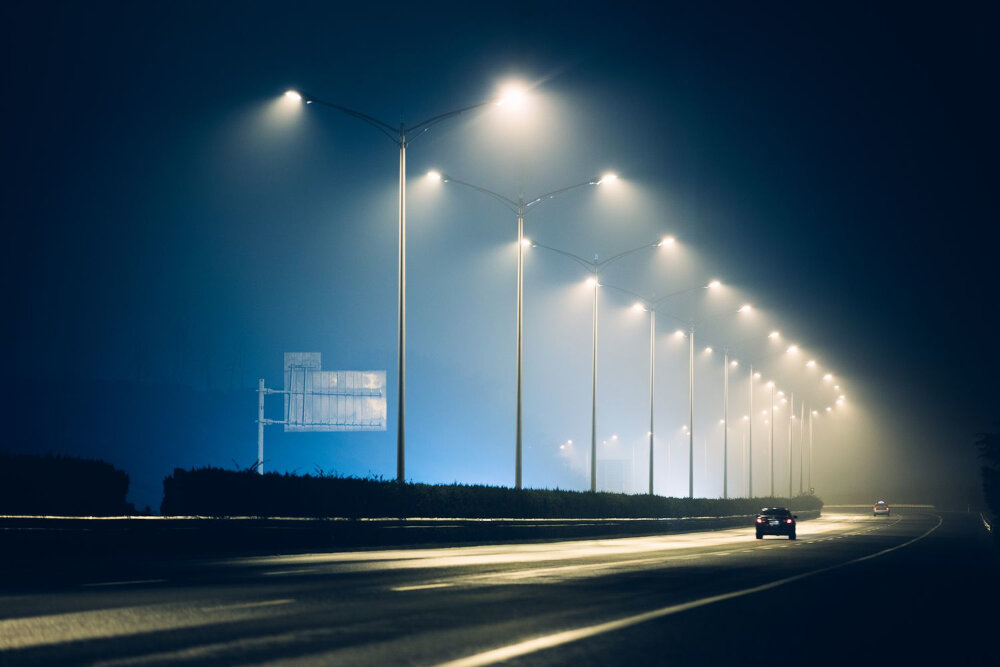
In conclusion, making the switch to LED light bulbs can be a smart decision for both your wallet and the environment. LED bulbs are more energy-efficient and have a longer lifespan than traditional incandescent bulbs, which means that you can save a significant amount of money over time by making the switch. Additionally, LED bulbs are better for the environment because they produce less waste and require less energy to produce. So, if you’re looking for a simple and effective way to reduce your energy bills and your carbon footprint, switching to LED bulbs is definitely worth considering.

